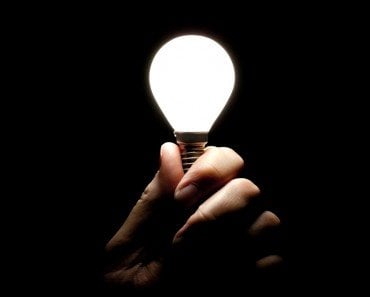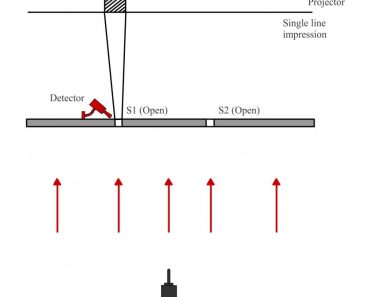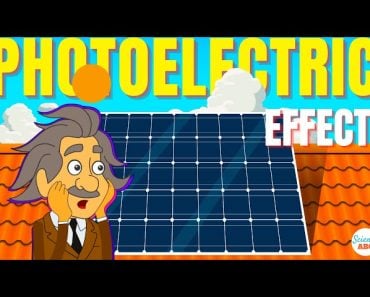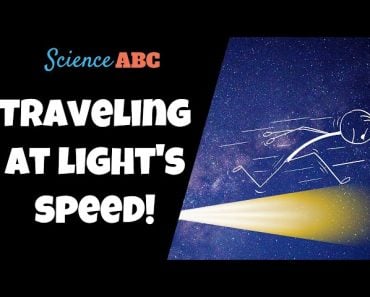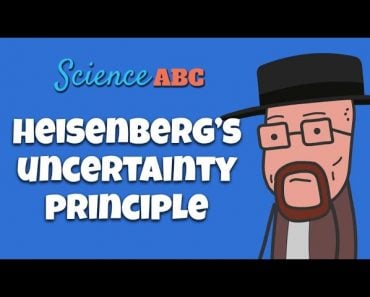Table of Contents (click to expand)
Yes, humans can detect a single photon falling on their eyes under controlled conditions. However, seeing a single photon won’t be anything like seeing regular material in everyday life. It would be more like a brief sensation, a cursory feeling that you have seen something.
Yes, humans can detect a single photon falling on their eyes under controlled conditions. However, seeing a single photon won’t be anything like seeing regular material in everyday life. It would be more like a brief sensation, a cursory feeling that you have seen something.
Human eyes are one of the greatest wonders of the human body. They enable us to see millions of colors in a variety of lighting conditions. However, we’ve always tried to determine their true potential – the farthest they could see an object, the faintest changes in hue they could register and the dimmest light they could perceive.
We had a pretty decent idea about the first two; it’s the third one that kept scientists guessing for years.
Recommended Video for you:
The Human Eye
Our eyes are responsible for equipping us with the sense of vision. They react to light and pressure, and help send signals to the brain, which processes the images and finally helps us ‘see’ things as they are.
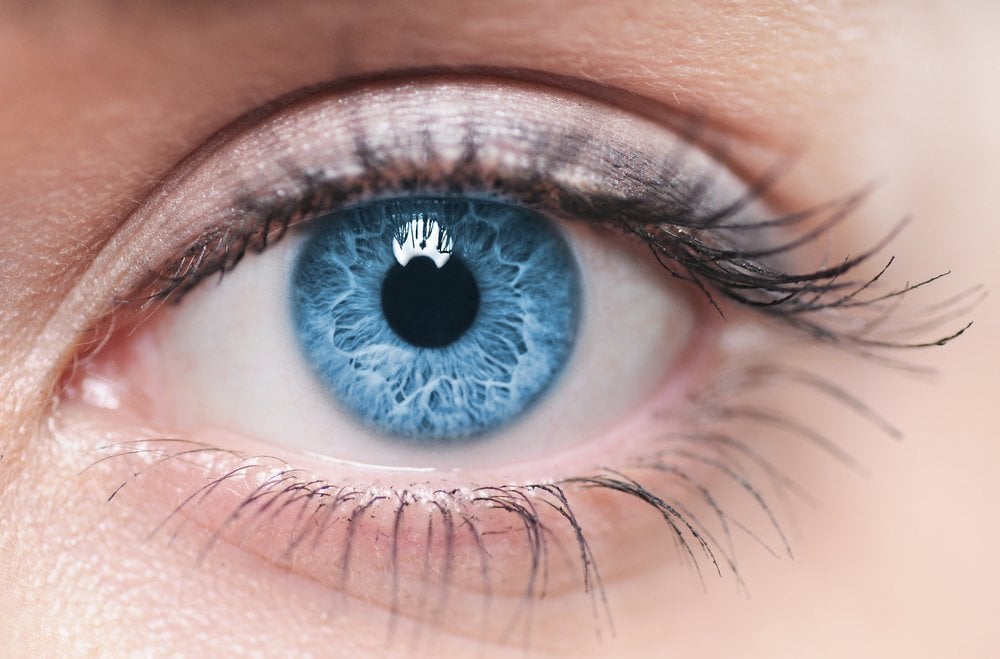
As one can imagine, the human eye consists of a number of smaller components that work together to help us see. For the scope of this article, we are interested in the two main types of sensors that enable us to detect light and distinguish between different colors.
In the retina (a light-sensitive screen at the back of the eyes), there are two types of photoreceptors: cones and rods. Cones are the photoreceptors that allow humans to see colors. They are activated in high lighting conditions, which is why we have trouble seeing color when it’s too dark around us.
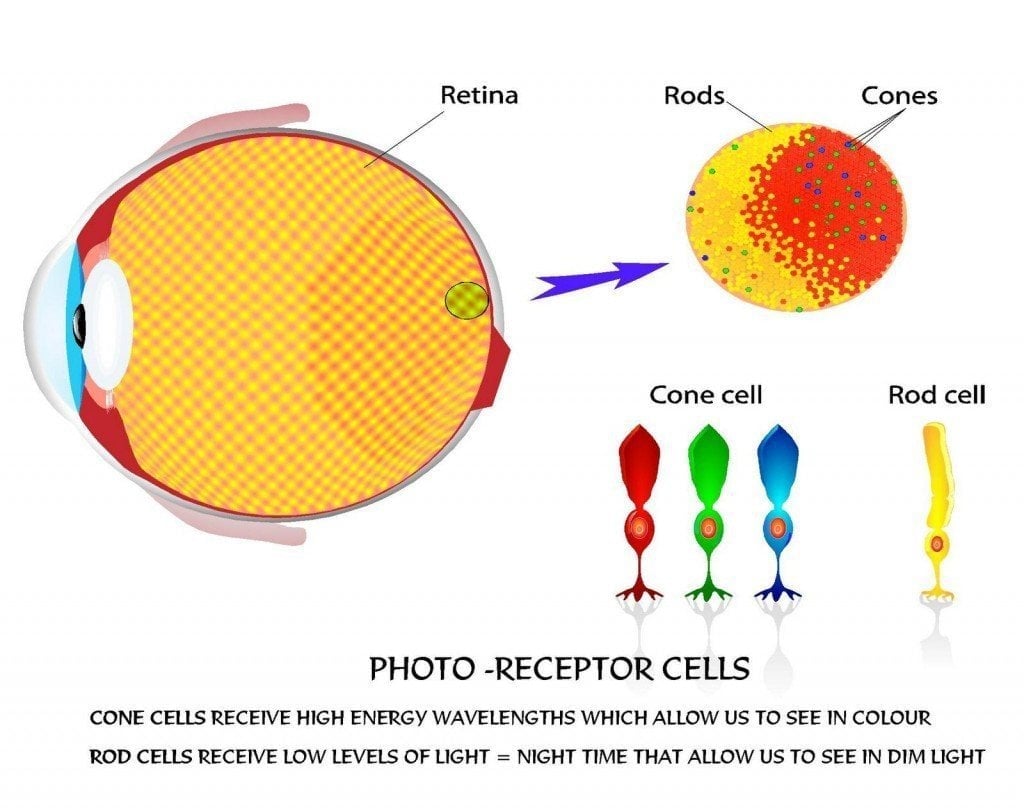 Rods, on the other hand, are extremely sensitive to light, and they should be, considering that they are responsible for one’s vision in low lighting conditions. The higher the number of rods, the better one can see in the dark. Quite predictably, therefore, certain nocturnal animals (e.g., cats, owls etc.) have a huge number of rods in their eyes, which equips them with brilliant night vision.
Rods, on the other hand, are extremely sensitive to light, and they should be, considering that they are responsible for one’s vision in low lighting conditions. The higher the number of rods, the better one can see in the dark. Quite predictably, therefore, certain nocturnal animals (e.g., cats, owls etc.) have a huge number of rods in their eyes, which equips them with brilliant night vision.
Photons: The Particles That ‘Carry’ Light
We see something when light falls on it, bounces off its surface and then reaches our eyes. However, when we say that light ‘reaches our eyes’, what is really happening?
In one word: photons.
A photon is the fundamental particle of visible light, or any electromagnetic radiation whatsoever. It has zero rest mass, and travels at the speed of light in a vacuum. In simple words, it’s the particle that ‘carries’ light.
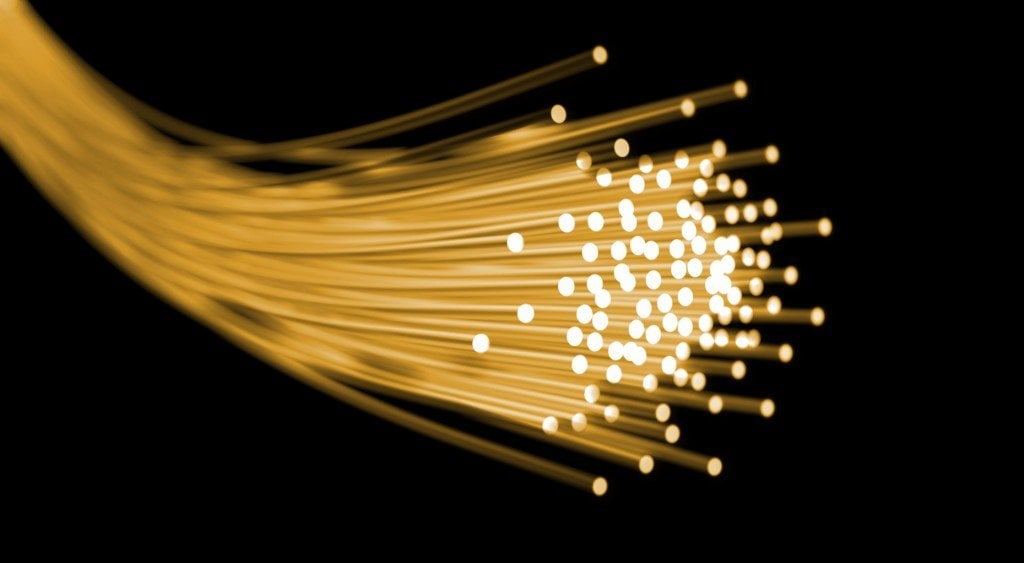
These photons are what fall on our eyes and allow us to see things.
What’s The Minimum Number Of Photons That Our Eyes Can Detect?
Until a few years ago, scientists believed that the human eye could detect as few as 5 to 7 photons. However, according to a recent research study published in July 2016, it seems that the human eye can, in fact, detect a single photon.
Eminent scientists Hecht, Schlaer and Pirenne first tested the visual sensitivity of the human eye in 1942 by carrying out groundbreaking experiments using a very dim source of light in a dark room.
Looking at their experimental data, they concluded that rods in the human eye can respond to a single photon under low light conditions (Source).
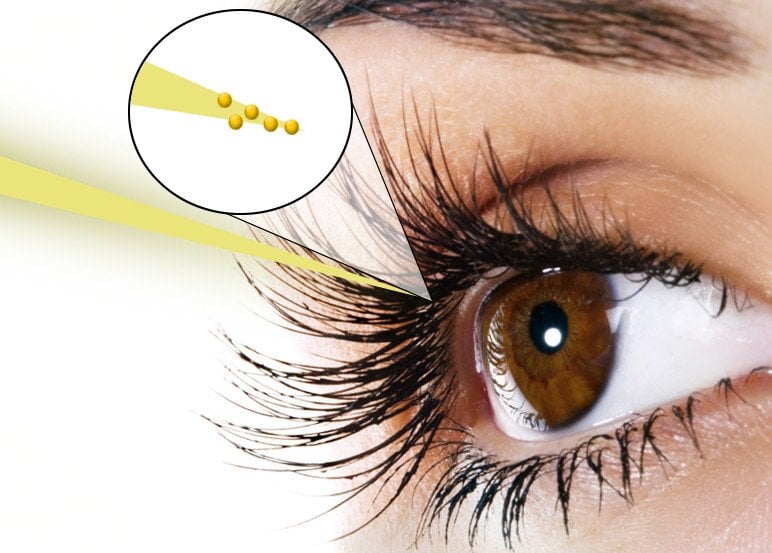
Hecht and colleagues correctly hypothesized, around 75 years ago, that the eye could detect even a single photon. However, the required technology to test that hypothesis had been lacking.
Fast-forward to 2016, when Jonathan Tinsley at Vienna’s Research Institute of Molecular Pathology and members of his group in the US and Austria actually built a quantum optical device that could generate as few as two photons at a time. They conducted a series of 30,767 trials with three male participants in their 20s (you can find the link to their published study at the bottom of the article).
From the results obtained in the trials, it was concluded that the probability of a human correctly detecting a single photon was slightly more than 50%. While this might seem only just above random chance, scientists claim that it’s a statistically significant result.
However, there’s quite a bit of difference between detecting versus actually seeing something.
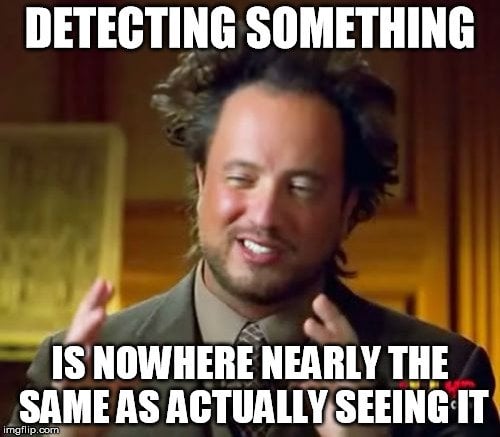
Researchers say that a single photon is not even like a very dim source of light; it’s actually far different. “It’s more of a feeling of seeing something, rather than really seeing it.” says one of the authors of the study. “If you’ve ever looked at a faint star in the night sky and one second you see it, but the next second you don’t… it’s kind of like that.”
References (click to expand)
- Tinsley, J. N., Molodtsov, M. I., Prevedel, R., Wartmann, D., Espigulé-Pons, J., Lauwers, M., & Vaziri, A. (2016, July 19). Direct detection of a single photon by humans. Nature Communications. Springer Science and Business Media LLC.
- Hecht, S., Shlaer, S., & Pirenne, M. H. (1942, July 20). Energy, Quanta, And Vision. Journal of General Physiology. Rockefeller University Press.
- Can a Human See a Single Photon? - UCR Math. The University of California, Riverside
- Single-photon detection by rod cells of the retina - www.cns.nyu.edu





